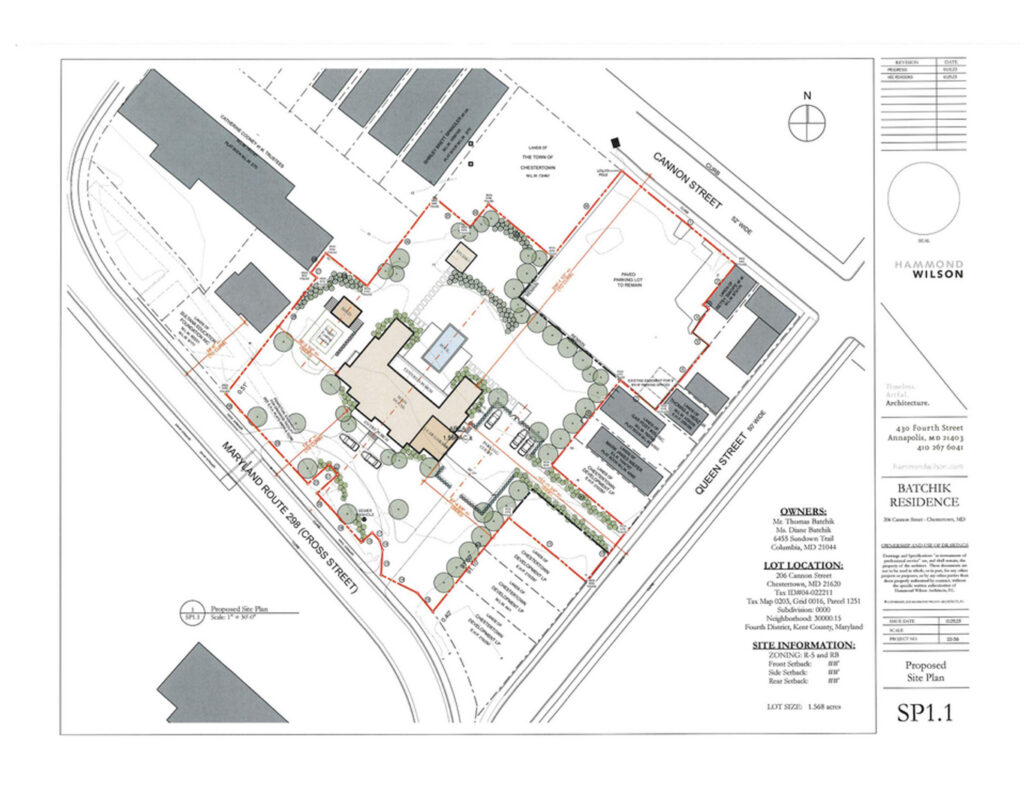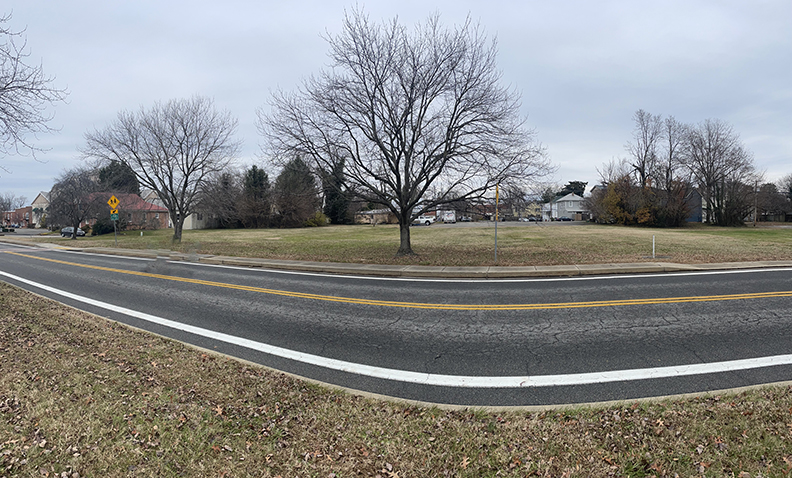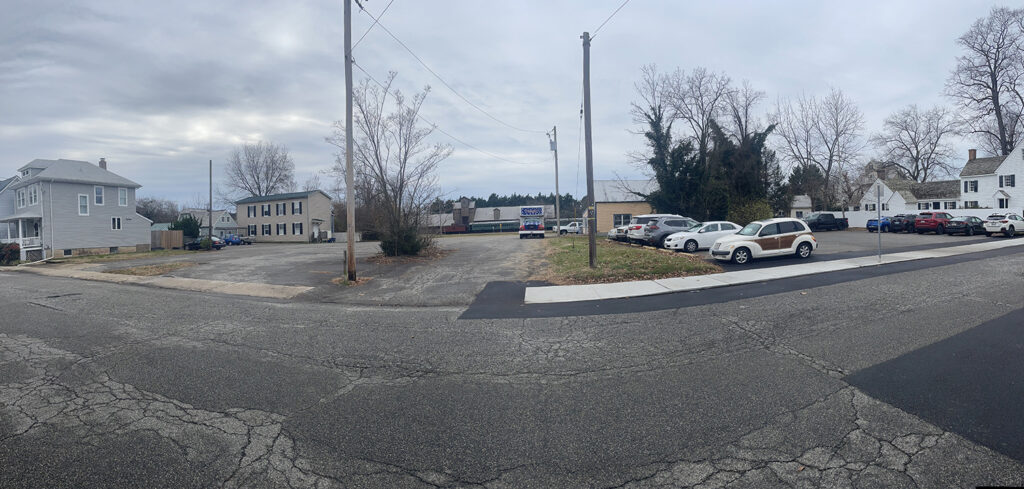It’s done.
The House of Delegates gave final approval Wednesday evening to a bill that would create a Maryland Reparations Commission, sending the measure to the governor for his signature.
The 101-36 party-line vote would make Maryland one of the few states in the nation with a statewide body to study the inequality endured by African descendants. California became the first state in 2020 to pass legislation; then Illinois in 2021 and New York in 2023.
If approved, the commission would assess specific federal, state and local policies from 1877 to 1965, the post-Reconstruction and Jim Crow eras. Those years “have led to economic disparities based on race, including housing segregation and discrimination, redlining, restrictive covenants, and tax policies,” according to the bill.
The commission would also examine how public and private institutions may have benefited from those policies, and would recommend appropriate reparations, which could include statements of apology, monetary compensation, social service assistance, business incentives and child care costs.
Passage Wednesday followed 90 minutes of sometimes emotional debate and attempts to amend the bill, which could have blocked its passage with just five days left in the General Assembly session.

Del. Lauran Arikan (R-Harford) presents an amendment April 2 on a bill to create a Reparations Commission. (Photo by William J. Ford/Maryland Matters)
Del. Lauren Arikan (R-Harford) tried to amend the bill to have the commission study the impact of government policies on those who endured child sexual abuse and those as minors “in the care and custody of the State.” Arikan, who identified heraself as a victim of abuse, emphasized her point by reading out about three dozen names of child abuse victims.
“I will stand up again on any bill I can continue to read the names of victims that our state’s harmed today,” said Arikan, who told a reporter she had been “molested as a young child.”
“That is what reparations is, paying back the aggrieved and the injured,” she said. “So don’t wait 200 years to help the families of these victims who we have harmed today.”
Del. Joseline Peña-Melnyk (D-Prince George’s and Anne Arundel), said that she used to work as a child-neglect lawyer in Washington, D.C., and that she understands Arikan’s passion for children.
But Peña-Melnyk, the chair of the Health and Government Operations Committee, told her colleagues to reject Arikan’s amendment because it rewrites the measure and “changes the purpose of the bill. They’re very different issues.”
The House appeared to agree, rejecting the amendment 101-34.
Delegates also rejected two amendments from House Minority Leader Jason Buckel (R-Allegany), one that would have limited reparations to Maryland residents and another that would have required the commission to estimate the fiscal impact to the state of any of its recommendations.
“We will have people come from all over [the] 50 states and try to find ways to receive those payments, justifiable or not, however you feel about it,” Buckel said of his proposed residency restriction\. “That is what will happen.”
Peña-Melnyk said the commission will assess and determine eligibility requirements. In addition, she said the commission must submit a preliminary report of recommendations by Jan. 1, 2027, to explain its findings, and a final report by Nov. 1 of that year.
The House rejected the residency amendment 101-38.
As for the fiscal reporting requirement, Peña-Melnyk noted that the bill already requires the commission’s final report include an estimate of costs “associated with awarding any type of reparations recommended.”
“So you see my friend, it’s already in the bill and it’s not needed,” Peña-Melnyk said. That amendment failed 100-37.
‘Reparation tax’
The all-volunteer commission would consist of nearly two dozen people, including two employees from the state’s four historically Black colleges and universities with expertise in the history of slavery; a representative from the Maryland Lynching Truth and Reconciliation Commission; and the state archivist or a designee from that office.
Although the House passed Senate Bill 587, sponsored by Sen. C. Anthony Muse (D-Prince George’s), many delegates hugged, smiled and even shed a few tears with Del. Aletheia McCaskill (D-Baltimore County). McCaskill sponsored the House version that didn’t advance out the Health and Government Operations Committee.
That’s fine with her.
“It’s about ushering the purpose and the plan. I work very well behind the scenes, and so it’s OK,” she said to two reporters after Wednesday evening’s debate. “I would love to give Sen. Muse the glory for accepting to be my cross-filer [bill]. Because in prior years, we did not have a cross-filer. So finally, we made it through.”
It also helped that, for the first time, the Legislative Black Caucus made the bill one of its top priorities for the 90-day session that ends Monday. A hearing on the Senate version was first held Feb. 27 and then approved by the full chamber March 14.
Critics, like Del. Matthew Morgan (R-St. Mary’s), called the measure divisive and said it would amount to a “reparation tax.”
“I think it’s disgraceful that we’re going to set up a reparation tax that might tax one race and give to another race,” he said. “It is the year 2025. Are you kidding me? All in the name of equity? Equity is a Marxist term. Splits people up and divides it.”
But Del. Stephanie Smith (D-Baltimore City), noted that Black Marylanders in the 1900s paid taxes but did not receive the benefits from them.
“There were roads they paid for, they could not drive them. There were schools they paid for, they could not enter,” she said. “We are offering just a conversation and a commission to acknowledge that they were here, that they lived, that they contributed, and I think they merit our time because they lived, they died … and guess what? They were taxpayers that never got what they invested in.”
The bill would go into effect July 1 and remain in effect until June 30, 2028.
– Reporter Bryan P. Sears contributed to this report.
Maryland Matters is part of States Newsroom, a nonprofit news network supported by grants and a coalition of donors as a 501c(3) public charity. Maryland Matters maintains editorial independence. Contact Editor Steve Crane for questions: [email protected].










